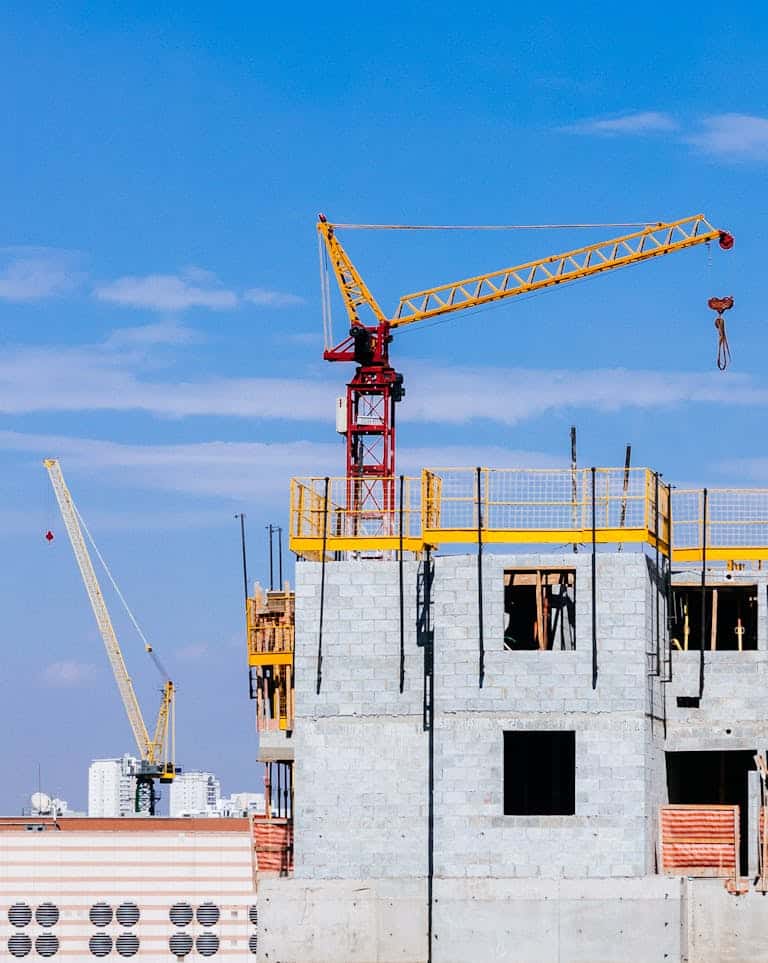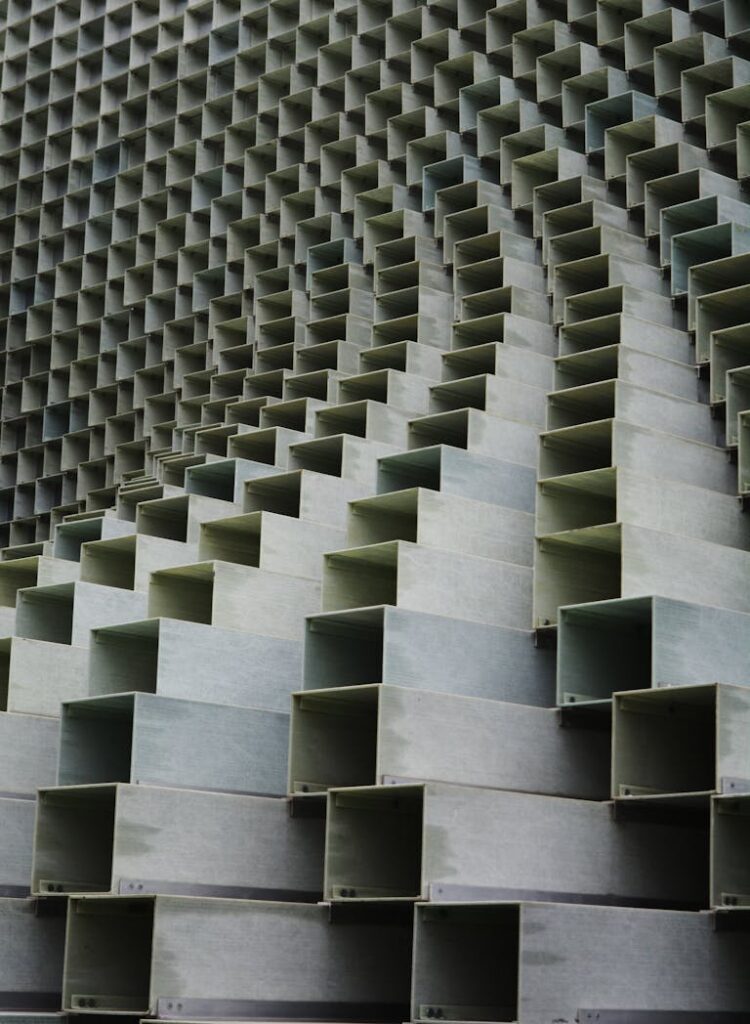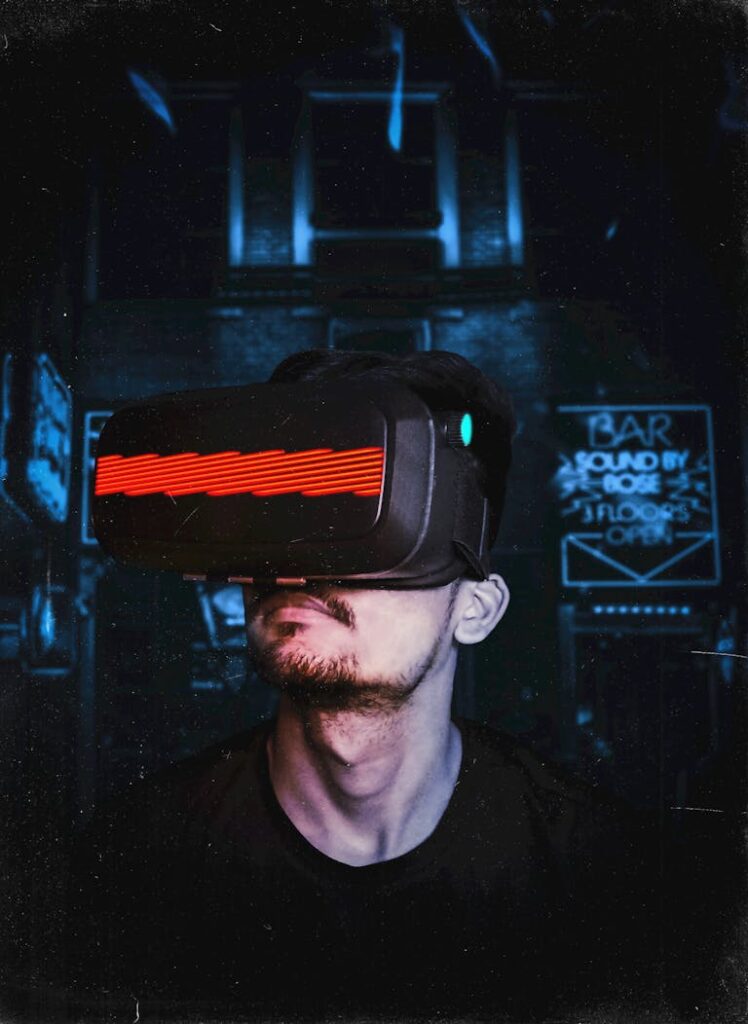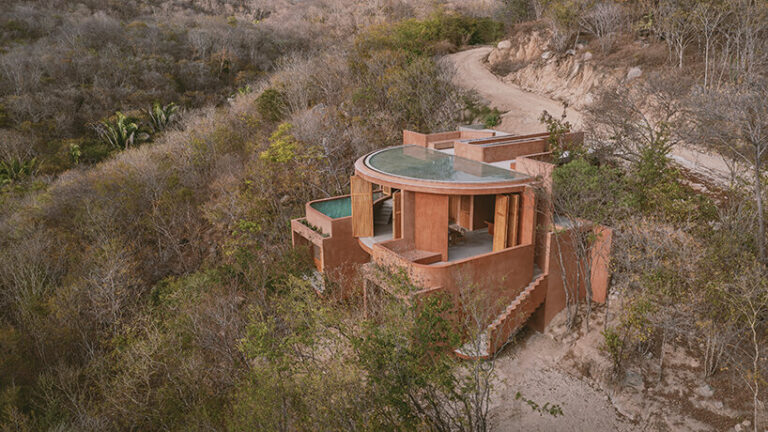For centuries, the construction industry has mirrored the progress of human civilization. But the past two decades have seen an unprecedented transformation, moving far beyond traditional techniques into an era of algorithm-driven architecture and intelligent construction. With rising environmental challenges, growing demand for housing, and the increasing complexity of urban projects, modern construction technologies have become the backbone of tomorrow’s cities.
In this in-depth report, we explore the most significant global shifts in construction, backed by real-world data and reference projects. We’ll trace the journey from reinforced concrete to 3D printing, and from cranes to autonomous, sensor-enabled systems.



Timeline of Construction Technology Evolution
| Era | Dominant Technology | Key Characteristics |
|---|---|---|
| Pre-1900 | Manual brick and stone construction | Skilled craftsmanship |
| 1900–1950 | Reinforced concrete and steel | Birth of skyscrapers |
| 1950–2000 | Machinery and prefabricated structures | Industrialized building |
| 2000–2020 | CAD, BIM, and site automation | Faster, smarter planning |
| 2020+ | AI, 3D printing, and sustainable materials | Knowledge- and eco-driven |

1. Building Information Modeling (BIM): The Backbone of Digital Construction
BIM has become a game-changer in the architectural and construction world. Static 2D drawings are no longer enough. Today, interactive 3D models help teams collaborate, manage resources, and track execution in real time.
According to Allied Market Research, the global BIM market is expected to reach $15 billion by 2027, with a 13.2% compound annual growth rate (CAGR).
Notable projects:
- Crossrail, London: A $19 billion project managed entirely through BIM, involving over 50 contractors.
- Istanbul New Airport: BIM was integrated from design through maintenance, reducing execution time by 22%.

2. 3D Printing: From Models to Full-Scale Structures
3D printing has evolved from producing architectural models to building livable homes. In 2021, ICON completed a house in Texas using a 3D printer in just 24 hours. Meanwhile, Dubai has pledged that 25% of all new buildings will be 3D printed by 2030.
| Project | Location | Completion Time | Technology Used |
|---|---|---|---|
| House Zero – ICON | Austin, Texas | 24 hours | Concrete 3D printing |
| Office of the Future | Dubai, UAE | 17 days | Full-scale 3D printing |
| TECLA Project – Italy | Massa Lombarda | 200 hours | Locally-sourced printed clay |
3. Smart Materials and Responsive Architecture
Sustainability is no longer optional—it’s essential. Technologies like photovoltaic glass, dynamic green roofs, and self-healing concrete are becoming mainstream.
Key applications:
- The Edge, Amsterdam – often dubbed the smartest office building in the world, features over 28,000 sensors managing everything from lighting to energy use.
- BASF’s self-healing concrete uses bacteria activated by moisture to close cracks up to 0.8 mm within weeks.

4. Modular and Prefabricated Construction
Modular construction is gaining momentum worldwide. Its adoption has grown from 5% in 2015 to 12% in 2022, with projections suggesting it may surpass 20% by 2030.
Flagship project:
- Mini Sky City, China A 57-story tower built in just 19 days using modular construction by Broad Group.
A McKinsey study found that modular methods can cut project timelines by 50% and reduce costs by up to 20% in certain scenarios.

5. Artificial Intelligence and Robotics on Construction Sites
Robots are now an integral part of modern construction sites, handling physically demanding tasks with greater speed and accuracy.
Examples include:
- SAM (Semi Automated Mason) a robot for laying bricks.
- Drones for site surveying and mapping.
- AI systems that monitor progress and generate real-time reports.
Real-world applications:
- Canvas, a U.S. based firm, developed a robot that finishes drywall three times faster than traditional workers.
- Buildots uses AI to compare site photos with BIM models, accurately identifying delays and deviations.

6. Augmented and Virtual Reality (AR/VR)
These immersive technologies allow architects, engineers, and clients to walk through a project virtually, spotting issues before construction begins.
At Stanford University, AR headsets were used on a new science center, cutting on-site errors by 27%.
Economic & Environmental Impact of Modern Construction Tech
| Technology | Time Savings | Cost Savings | Emissions Reduction |
|---|---|---|---|
| BIM | 20–30% | 10–15% | Moderate |
| 3D Printing | 30–70% | ~40% | Over 50% |
| Modular Construction | 40–60% | 20% | 30% |
| Artificial Intelligence | Variable | 5–10% | Indirect |

Building Smarter, Greener, and Faster
The value of these technologies goes beyond just cost-cutting or speed they enhance precision, safety, and sustainability. Projects that once took years can now be completed in weeks. Design is no longer limited to paper but brought to life through immersive digital models.
Cities like Singapore, Copenhagen, and Dubai are embedding these technologies into their urban planning frameworks, setting global benchmarks for smart construction.
At ArchUp, we continue to monitor these global shifts and spotlight the projects redefining how we build our cities from the ground up.







